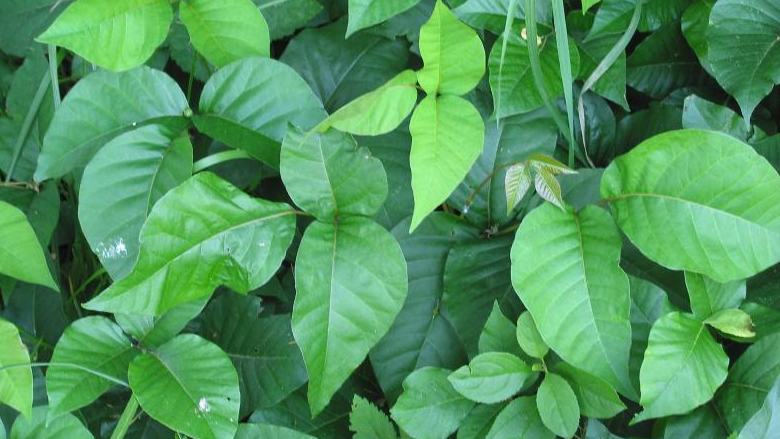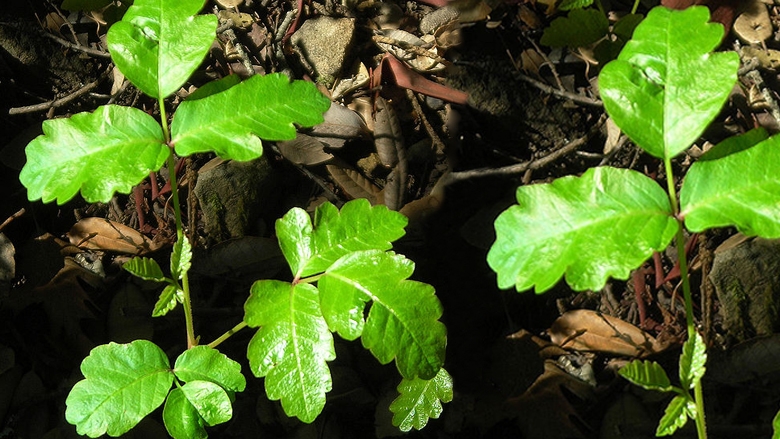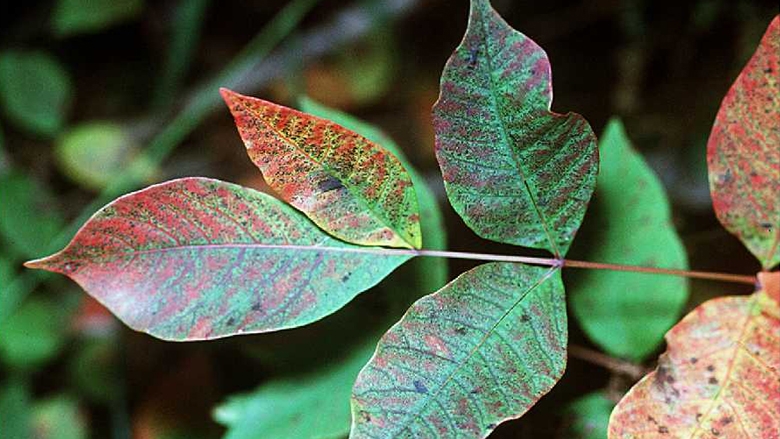Poison Ivy, Poison Oak and Poison Sumac
Poison ivy, poison oak and poison sumac are common causes of seasonal, allergic contact dermatitis (rash). As many as seven out of every 10 people has a reaction after an exposure to these plants. This reaction may range from mild, localized redness and itching to severe blisters and swelling over the entire body.
Treatment
The irritant in all species of poison ivy, poison oak and poison sumac is an oily resin known as toxicodendrol. This oily resin is found in the leaves, stems, roots and berries of all of these plants.
When this resin comes in contact with skin or fingernails, it clings there and becomes tightly bound within minutes. This means that the most important thing to do is to make sure you wash all areas of the body that were exposed to poison ivy, oak or sumac with soap and water immediately. Even a small delay gives the resin all the time it needs to become tightly bound to the skin and cause a reaction.
Make sure to take special care to clean under the fingernails. Otherwise, any oily resin there could spread to the eyes, genitals or other body parts or even to friends and family members. Contrary to popular belief, the fluid in the blisters does not spread the rash. It is the oily plant resin that is the culprit.
The resin can remain active for long periods of time on contaminated clothing, shoes, sports or hunting equipment, camping gear, garden and yard tools and even the family pet. Repeated washing with commercial detergents is recommended as well as repeated baths if the family pet is involved.
Contaminated clothing, in particular, should be laundered separately several times before wearing because recontamination could occur if your child were to wear these clothes before all traces of resin are removed.




